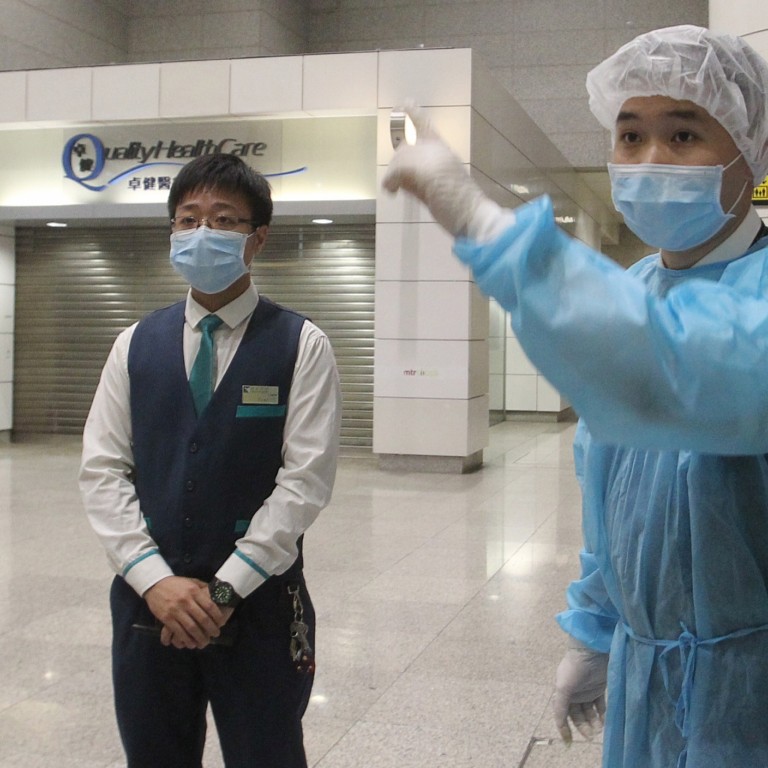
MERS – taking the fear and putting it in perspective
If I am determined to ignore the great public debate over constitutional reform, there is probably only one other issue at the moment that has a similar power to depress: MERS and the new great pandemic threat.
As for MERS – Middle East Respiratory Syndrome – I think there is bad news and good news. The bad news is that almost certainly in the next 20 years or so, we are likely to be smitten by a pandemic that does serious harm to lots of us around the world.
A true global pandemic is likely to cull millions – maybe hundreds of millions. For example the Black Death that raged across Europe between 1346 and 1353 killed an estimated 75 to 200 million people. The good news is that MERS is probably not “the one”.
And in the course of research it seems I have discovered something new, which I am calling SYPPS: the Six Year Pandemic Panic Syndrome. Exactly six years ago today, I was writing about panic over Swine Flu (H1N1); and six years before that trying to dampen hysteria over SARS.
Of course six years before that we had those graphic photos of mountains of chickens being disposed of in efforts to snuff out Avian Flu. Gosh, we have had a torrid time since Hong Kong reverted to Chinese sovereignty in 1997.
I know I should not jest over something as awful as a global pandemic – especially since I only recently stumbled upon, and disposed of, the large stock of Tamiflu pills that I panic bought in 2003. But it really does take a good pandemic panic to remind us of how badly we judge the life-threatening risks around us.
I recall back in the 2009 Swine Flu panic writing: “So this is a pandemic. I expected it to feel worse. I expected hospitals full to choking. I expected tragic stories of loved ones lost. I expected grey-faced communities living in fear. But I see none of this. I’m puzzled.” Pandemic panics are still puzzling.
First, some numbers on MERS: this coronavirus seems to have started life in bats and migrated to camels many generations ago. It was first discovered in a human being in 2012 in Saudi Arabia. Since then, we have seen 1,163 cases reported to the World Health Organisation, which have caused 444 deaths (an appropriate number, no?).
That is an alarming mortality rate, by the way – 38 per cent. But most of the cases have been out of sight, out of mind, in the Middle East. Only the migration to South Korea five weeks ago has pushed the panic button.
Now let’s look at the toll from the pandemic H1N1 Swine Flu in 2009. Around 30,000 cases were recorded, of which 146 people died, most in Mexico. And what about SARS? It infected 8000 people, killing 774 – 40 per cent of them in Hong Kong. The most recent Ebola epidemic in West Africa has been significantly more alarming: 27,000 cases since 2014 and over 11,000 deaths.
All terrible numbers, but let’s get some perspective. If you turn to the World Health Organization, or the US’s Center for Disease Control, and take a quick check on world influenza numbers over the past few years, you find an average 3-5 million people become “severely ill” every year as a result of seasonal flu.
Of these, between 250,000 and 500,000 people die. And remember that 1.24 million die every year in traffic accidents, and about 500,000 are murdered.
Obviously, new is dangerous. But surely by now it is clear that MERS is quite difficult to catch. Most victims are clustered around key hospitals. Outbreaks have not rampaged along the MTR system – just as they did not with SARS. Infections would need to leap 3000-fold to bring it up on par with a normal flu season.
When I look back at SARS, I recall that the outbreak inflicted immensely more economic damage than medical misery: passengers through the airport fell by more than 25 per cent. As retail businesses tumbled, shops offered 50 and 60 per cent price cuts.
It is estimated that during the five months of SARS, a total of US$40 billion was lost worldwide as flights were cancelled, schools shut, people stayed home, and panic gripped markets. A Brookings report published at the time said “a mild (pandemic) scenario will cost the global economy US$360 billion”.
A World Bank study published at the end of 2008 predicted that a mild pandemic would strip US$330 billion from the world economy, with more severe options costing US$3 trillion, cutting global GDP by 5 per cent.
So we should remember as we don face masks that we face much greater daily risks from seasonal flu, being hit by a bus, or being murdered – and the greatest pandemic cost will be economic, due to our irrational SYPPS panic.
David Dodwell is the executive director of the Hong Kong-APEC Trade Policy Group

